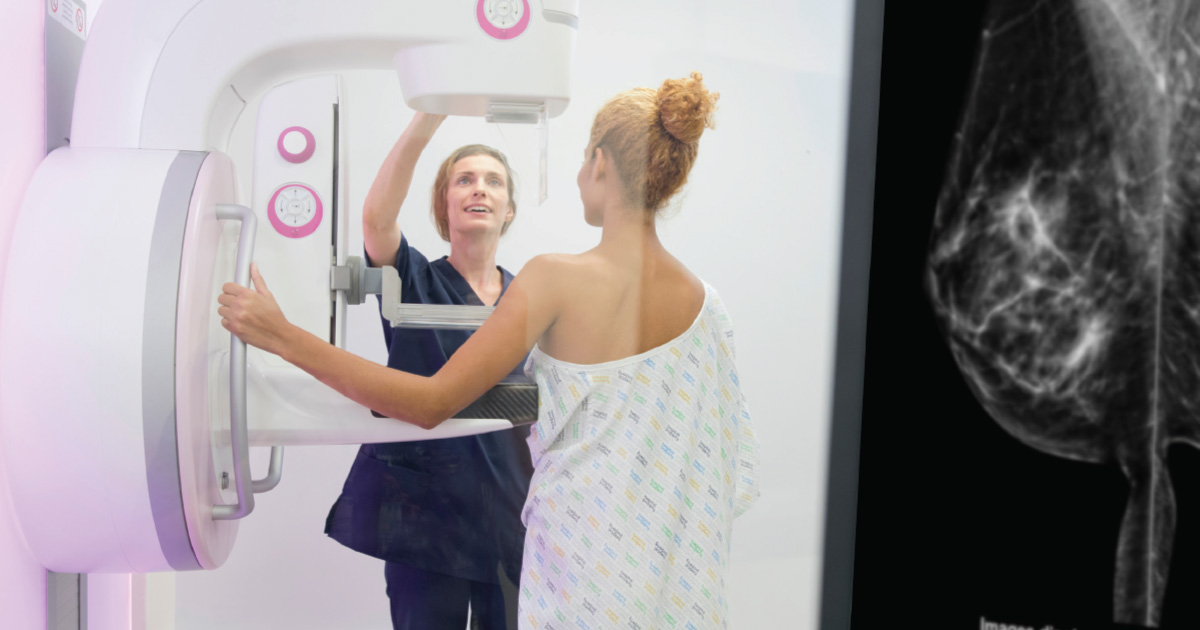
Breast Health
Candid Consult: I Received Abnormal Mammogram Results – Now What?
Getting a call back after a screening mammogram saying the results were “abnormal” can be scary, but it’s actually quite common. While it’s normal for anxiety and fear to creep in, it’s important to know that this does not mean you have cancer. There are many factors that can lead to an abnormal mammogram and require you to receive further testing. In this edition of Candid Consult, Dr. Shannon Davis from Cincinnati Breast Surgeons, explains the potential reasons for abnormal results, what to expect after, and her important message to all women regarding screening.
Dr. Davis, can you explain, why do abnormal mammogram results occur?
It’s important to first understand that mammograms are a crucial part of early detection and annual screenings are an important tool to stay on top of your breast health once you turn 40. With advancements like 3D mammography, we’re now able to capture clearer images, require less compression, and complete the screening more quickly, making it overall more convenient for women.
Abnormal mammograms can occur for a variety of reasons, and it is important to remember that receiving an abnormal mammogram result does not necessarily mean that you have breast cancer. Abnormal mammograms can be the result of having dense breast tissue, trauma that caused scarring or bruising to the breast, a cyst, or even a growth that is not cancer. Breastfeeding can cause an abnormal mammogram, though it’s certainly still safe and recommended to get one.
What follow-up tests may be required after an abnormal mammogram?
Depending on what is seen on the mammogram, there are different follow-up tests we may recommend to fully understand your condition. In addition to a clinical breast exam completed by a provider, we may also recommend:
- A diagnostic mammogram – Similar to your initial mammogram, but more images may be taken to get enhanced details of your breast using magnified or spot compression views
- A breast ultrasound – Another type of imaging to get detailed pictures of your breast tissue; may be recommended in cases where we detect a solid mass
A biopsy may also be a consideration to get a definitive answer.
Q: What happens once the follow-up imaging is completed?
Once the imaging tests are completed, your care plan may vary depending on the results.
If all looks normal, you don’t have to worry and can go back to your routine annual mammogram. If the suspicious area is likely nothing to worry about, but we still want to monitor things, we may ask you to come back in 3-6 months for another mammogram or ultrasound. If we see something suspicious and the images aren’t quite adding up, we may recommend a breast biopsy.
A biopsy is a procedure in which breast tissue is removed from the area of suspicion as detected by a mammogram, ultrasound or MRI. The breast tissue is removed by a surgeon, or other surgical specialist, and examined under a microscope by a pathologist. If breast cancer cells are found in your biopsy sample, they will be checked for certain proteins or genes that will help decide how best to treat it. A multidisciplinary team reviews each case to come up with a personalized care plan for each woman.
Q: Waiting for results from an abnormal mammogram can be scary, what advice do you offer to women?
While it’s of course easier said than done, try not to panic. An abnormal mammogram does not automatically mean you have breast cancer. Even if you need a biopsy, this does not mean you have breast cancer. In some cases, we simply need more imaging and data to look at things more closely to make an informed clinical decision. Sometimes the only way to know the difference between something benign and something suspicious is to conduct further testing.
If it is breast cancer, it does not have to be a poor prognosis. With advances in treatment, early detection, and increased awareness, we’re seeing more and more women survive and beat cancer.








